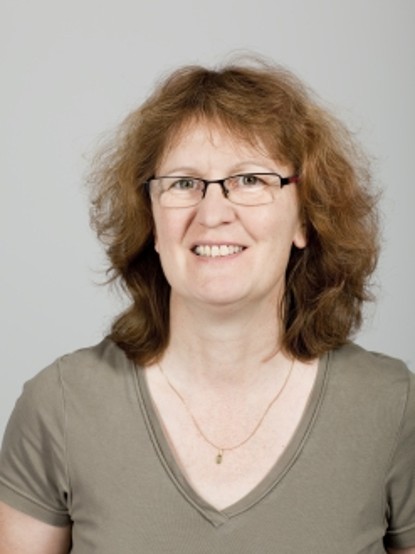Dropwise condensation: drop size distribution and the effects of surface structure
Talk by Brian D. Iverson (Brigham Young University)
23.08.2019
Drop-size distribution is an important aspect of heat transfer modeling that is difficult to measure for small drop sizes. On Friday, August 23, Brian Iverson (Brigham Young University) will hold a talk in which he will present, i. a., his present work on numerical simulation of condensation.
The present work uses a numerical simulation of condensation to explore the influence of nucleation site distribution approach, nucleation site density, contact angle, maximum drop size, heat transfer modeling to individual drops, and minimum jumping size on the distribution function and overall heat transfer rate. Results of the simulation are compared with previous theoretical models and the impact of the assumptions used in those models is explored. Results from the simulation suggest that when the contact angle is large, as on superhydrophobic surfaces, the heat transfer may not be as sensitive to the maximum drop-size as previously supposed. Furthermore, previous drop-size distribution models may under-predict the heat transfer rate at high contact angles.
Drop-size distributions for surfaces experiencing coalescence-induced jumping have been obtained experimentally. Measurements of condensate drop behavior (jumping, non-jumping, and flooding) and size distribution are shown to be dependent on the degree of subcooling and nanostructure size. Understanding the drop-size distribution in the departure region is important since drops in this size are expected to contribute significantly to heat transfer.
Brian D. Iverson joined the faculty at Brigham Young University in 2012 and received an NSF CAREER Award in 2018 for his work in radiative cooling. His current interests include heat and mass transfer involving high aspect ratio structures for use in sensors, energy and thermal management applications. Prior to his current position, he worked as a senior member of the technical staff at Sandia National Laboratories. He has analyzed transport and interfacial phenomena in thermal, energy and bio-systems and worked as a post-doctoral researcher at Purdue University. He completed his PhD and MS (2008, 2004) as a part of the Cooling Technologies Research Center also at Purdue. He is also a graduate of Brigham Young University (BS 2002).
August 23, 2019, 11:00 hrs
L2|06, Room 100
Dropwise condensation: drop size distribution and the effects of surface structure
Talk by Brian D. Iverson (Brigham Young University)
Date, time & venue:
August 23, 2019, 11:00 hrs
L2|06, Room 100
Dropwise condensation: drop size distribution and the effects of surface structure
Talk by Brian D. Iverson (Brigham Young University)

